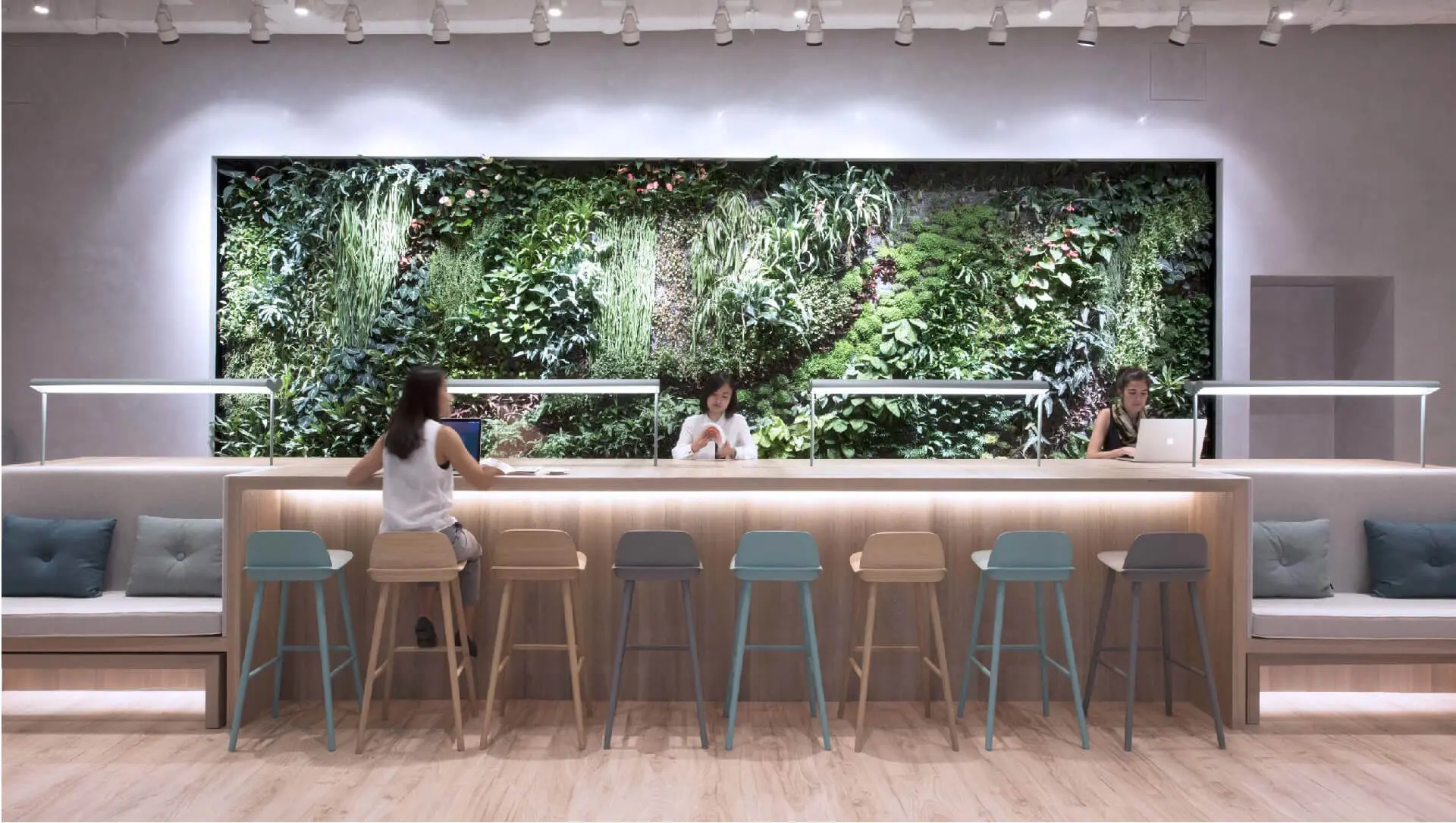Intertwining archaeology and architecture at The Museum Hotel, in Turkey
How Emre Arolat Architects faced the challenge of allowing the past to shape the present design of The Museum Hotel, a contemporary-come-ancient juxtaposition.

Emre Arolat Architects had never been presented with an opportunity to intertwine the past and present so organically until an excavation on this project site unearthed the idea to build a museum-hotel, this is how The Museum Hotel came to life.
The architects initially planned to build a five-star hotel in this idyllic setting in Antakya, nearby St Peter’s Church on Mount Starius; but, the archaeological findings dating back beyond the Middle Ages directed the architects down a new path which lead them to realise the hotel.

The initial archaeological findings at the site became defining features that shaped every aspect of the hotel-come-museum design. In order to memorialize this unique situation, The Museum Hotel was designed as a protective canopy with the hotel rooms elevated above the “archaeological park” below.
These ancient discoveries determined the construction of the building in order to minimize any potential damage or disturbance, therefore the composite columns were located along the perimeter of a historic riverbed that once meandered through the centre of the site.

The minds behind The Museum Hotel – Emre Arolat Architects
Multi-award-winning practice Emre Arolat Architecture, founded by Emre Arolat and Gonca Psaolar, have worked on countless historical renovation and hospitality projects. They’re one of the largest architecture practices in Turkey but are acknowledged globally for their impressively wide range of works from airports to cultural and office buildings.
Their ability to connect the context of buildings with the cultural, historical and geographical conditions is highly recognized. The practice has received some of the most renowned architecture awards including the Aga Khan Award for Architecture in 2010 (for their Ipekyol Textile Factory Building) and several Mies van der Rohe Awards (one for their Sancaklar Mosque and one for the Minicity Theme Park).

Materials & Techniques – Letting the present be dictated by the past
The steel-composite columns that formed the substructure, of this modular hotel, were installed in 66 hand-dug holes wherever possible throughout the site. The architects needed to be versatile with their design as each time a new mosaic or artefact was uncovered the location of the column would have to move.
The columns were used to raise the prefabricated hotel room modules up off the ground (which were lifted in place) that were linked by open air bridges and walkways.
To break-down the composition of The Museum Hotel is easiest to imagine four layers, the ground floor being the museum, the first floor as the public spaces of the hotel, the third being the lobby and the top floor as the restaurant that looks through the open-heart of the building down to the archaeological findings below.

Style & Aesthetics – contemporary and antiquity dichotomy
Receiving the approval of the Heritage Committee was one of the main challenges the architects faced when creating the architectural designs for The Museum Hotel. Not only did they need to need to preserve the archaeological findings, but they also needed to conceptually intertwine the dialogue between the past and present.
The style of the building takes inspiration from the local history while using modern materials and techniques.
The layered building design is a subtle nod to the layers of history unearthed within the Antakya landscape but composed of luxurious materials and interior design that’s synonymous with Turkish architecture (particularly the Marmara marble used in the private Turkish baths).

Unearthing traditional construction methods
Due to the particularly remarkable situation of this site, heavy machinery wasn’t possible so many modern-day construction methods had to be left on the mount-side and traditional techniques had to be dug up.
This kept the architects and contractors on their toes as the architectural design had to be tweaked every time there was a new discovery.

Design memento – Connecting the old and new
The context of the geography and archaeological findings played a huge role when Emre Arolat Architects began designing The Museum Hotel.
The project sought to achieve two main objectives: to honour and represent the ancient civilisations, connected with a modern and functional hotel, while utilising traditional materials and contemporary technology.

The essence of connecting the old and new sweeps throughout the hotel from the ancient mosaics in the earth up through the minimalistic glass walls to the luxuriously finished hotel guest rooms.
Contemporary walk on glass floors are intelligently placed to celebrate the artefacts from every floor level, constantly reminding guests of the archaeological park below.

The writer’s comment – A celebration of the past
The Museum Hotel is an innovative and respectful masterpiece that saw many obstacles (in the form of beautiful ancient artifacts) and design challenges overcome by Emre Arolat Architecture.
This kind of project makes designing buildings from scratch look like an easy task because the true skill test is seeing how architects can adapt while still respecting the context of the building and still deliver a modern masterpiece.

























